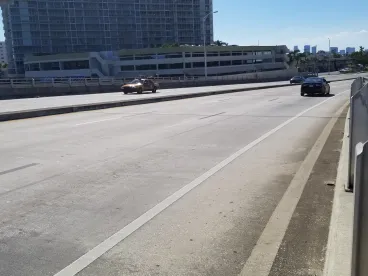This blog is the first in a municipal law series on all things roads. Property issues involving roads and paper alleys are fact-specific and require an analysis of the facts and circumstances of your situation. This blog series will provide an overview of the various topics that affect road analysis in Pennsylvania.
It is not uncommon for a Pennsylvania municipality, or a resident, to question whether a particular road is public or private. The answer to this question is important because it determines who is responsible for maintaining the road, which can be a costly endeavor. It can also affect property rights and values as well as zoning decisions related to the property.
The most unambiguous method of answering this question is to determine if the road was formally declared or dedicated to and accepted by the municipality. A municipality’s interest in a dedicated road will become foreclosed if the road was not accepted and opened for public use within 21 years from the dedication, unless there is consent of neighboring landowners. 36 P.S. § 1961. But note that, within a recorded subdivision plan, the expiration of the twenty-one-year period does not eliminate the private rights in the street of all other lot owners within the plan.
Other methods of determining the public nature of the road include eminent domain, statutory declaration, or prescription. Under Pennsylvania law, for second class townships in particular, there are three separate and distinct methods for establishing the existence of a public road where the road has been laid out but not formally declared:
The first is the introduction of court records showing the road to have been opened under the act of June 13, 1836, P.L. 551, 36 P.S. §1781 et seq. [eminent domain]. The second is that provided in the Second Class Township Code [53 P.S. §67307], setting forth the circumstances under which there arises a conclusive presumption that a road is public. The third is by prescription, requiring uniform, adverse, continuous use of the road under claim of right by the public for 21 years.
Stewart v. Watkins, 235 A.2d 604, 605 (Pa. 1967).
The second method, the statutory declaration, varies by type of municipality. The Second Class Township Code states that, “every road which has been used for public travel and maintained and kept in repair by the township for a period of at least twenty-one years is a public road having a right-of-way of thirty-three feet.” 53 P.S. § 67307. The Borough Code has a similar provision that does not require maintenance of the road by the borough, but only that “the public has acquired rights by constant use over a period exceeding 21 years.” 8 Pa.C.S.A. § 1721.1.
Once public, a road will typically only become private if it is officially vacated by the municipality or a court. For instance, a public road of a second-class township cannot be abandoned for lack of use or maintenance and may only be formally vacated if the Township follows the statutory procedure set forth under the Second Class Township Code. Clifford v. Ransom, 398 A.2d 768, 769 (Pa. Commw. Ct. 1979). “Such statutory directions must be strictly followed, because townships do not have any common-law power to build, improve or vacate roads.” Id. Where a public road is properly vacated, ownership of the road will revert to the abutting property owners to the centerline. 36 P.S. § 2131.




 />i
/>i
